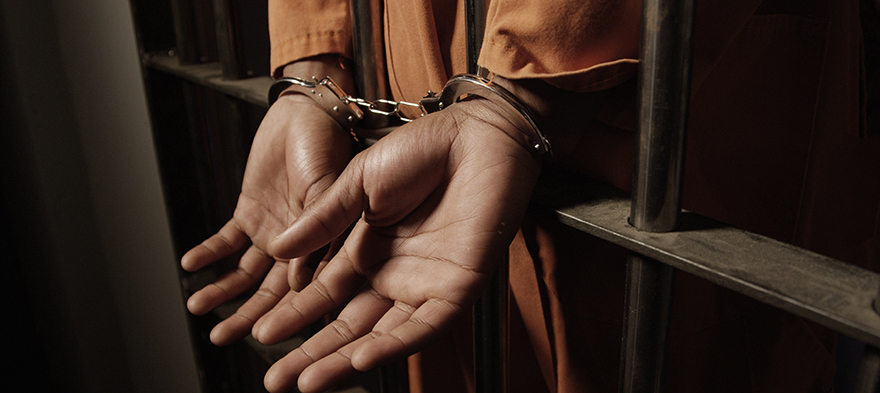
May 30, 2017 12:00:00 AM
Ashley McCall is a third-grade bilingual teacher at César Chávez Elementary Multicultural Academic Center in Chicago and a Teach Plus Illinois State Policy Fellow. Ashley was a 2012 Teach For America corps member and taught third-grade general education at LEARN South Chicago and second-grade bilingual education at Peabody Elementary School. She served on LEARN Charter Network's Social Studies C3 Framework Design Team to develop and align benchmarks for a new standards-based curriculum as well as develop K-8 plans and identify instructional materials for teachers. As a community organizer with Illinois for Educational Equity (ILEE), Ashley partners with teachers, families, and community leaders to advance for a more equitable education system for students. She graduated from Amherst College with a B.A. in political science and spanish and received her M.A.T. from Dominican University.
The story you tell yourself about your own math ability tends to become true. This isn’t some Oprah aphorism about attracting what you want from the universe. Well, I guess it kind of is, but...
If you have a child with disabilities, you’re not alone: According to the latest data, over 7 million American schoolchildren — 14% of all students ages 3-21 — are classified as eligible for special...
The fight for educational equity has never been just about schools. The real North Star for this work is providing opportunities for each child to thrive into adulthood. This means that our advocacy...
Your donations support the voices who challenge decision makers to provide the learning opportunities all children need to thrive.
Ed Post is the flagship website platform of brightbeam, a 501(c3) network of education activists and influencers demanding a better education and a brighter future for every child.
© 2020–2024 brightbeam. All rights reserved.
Leave a Comment